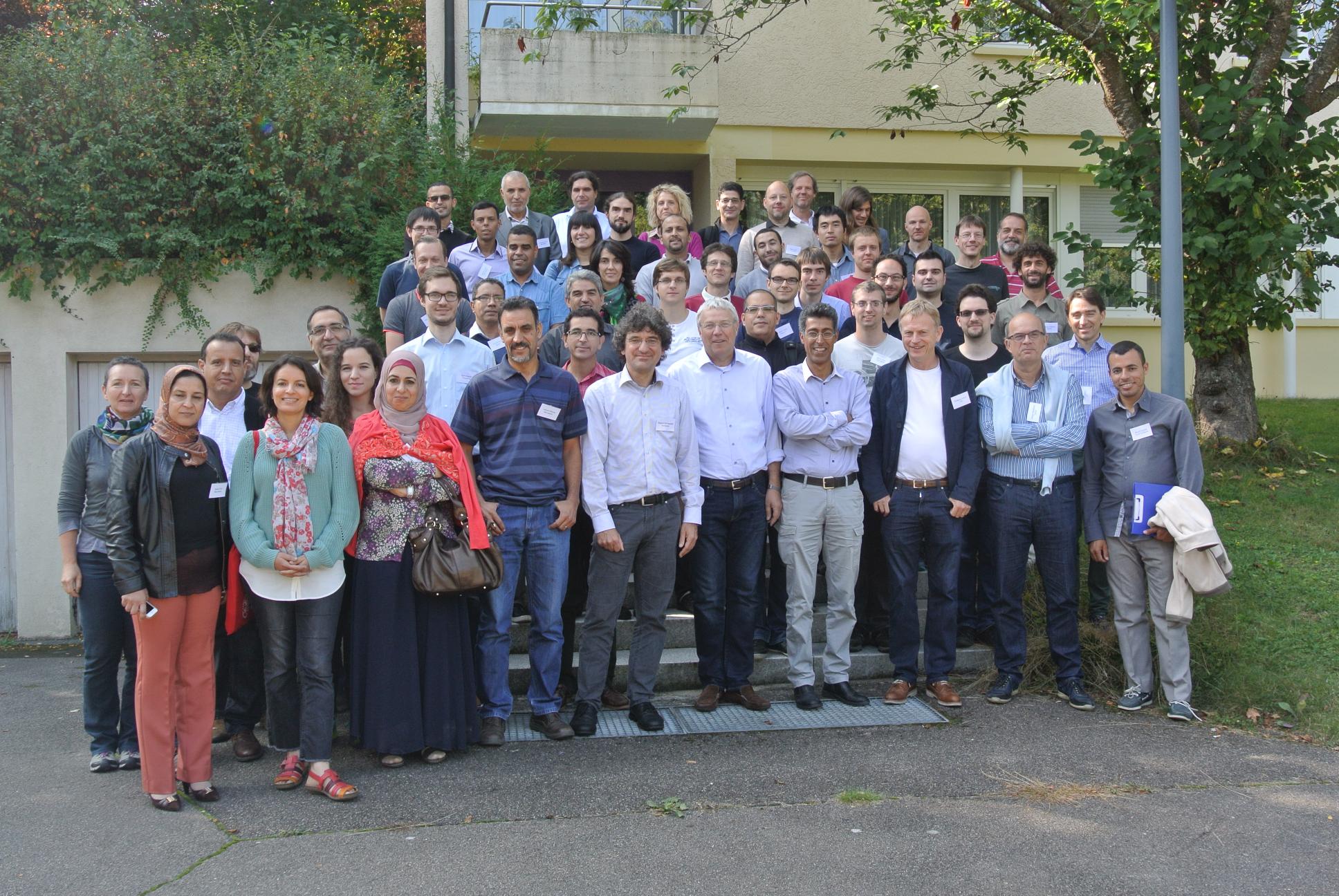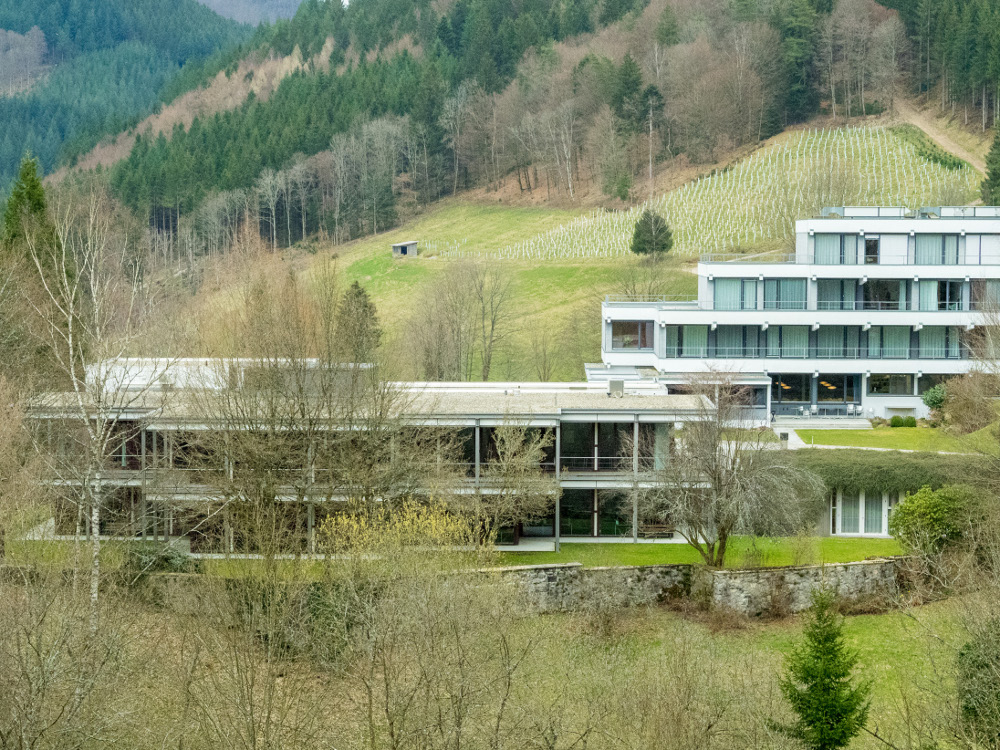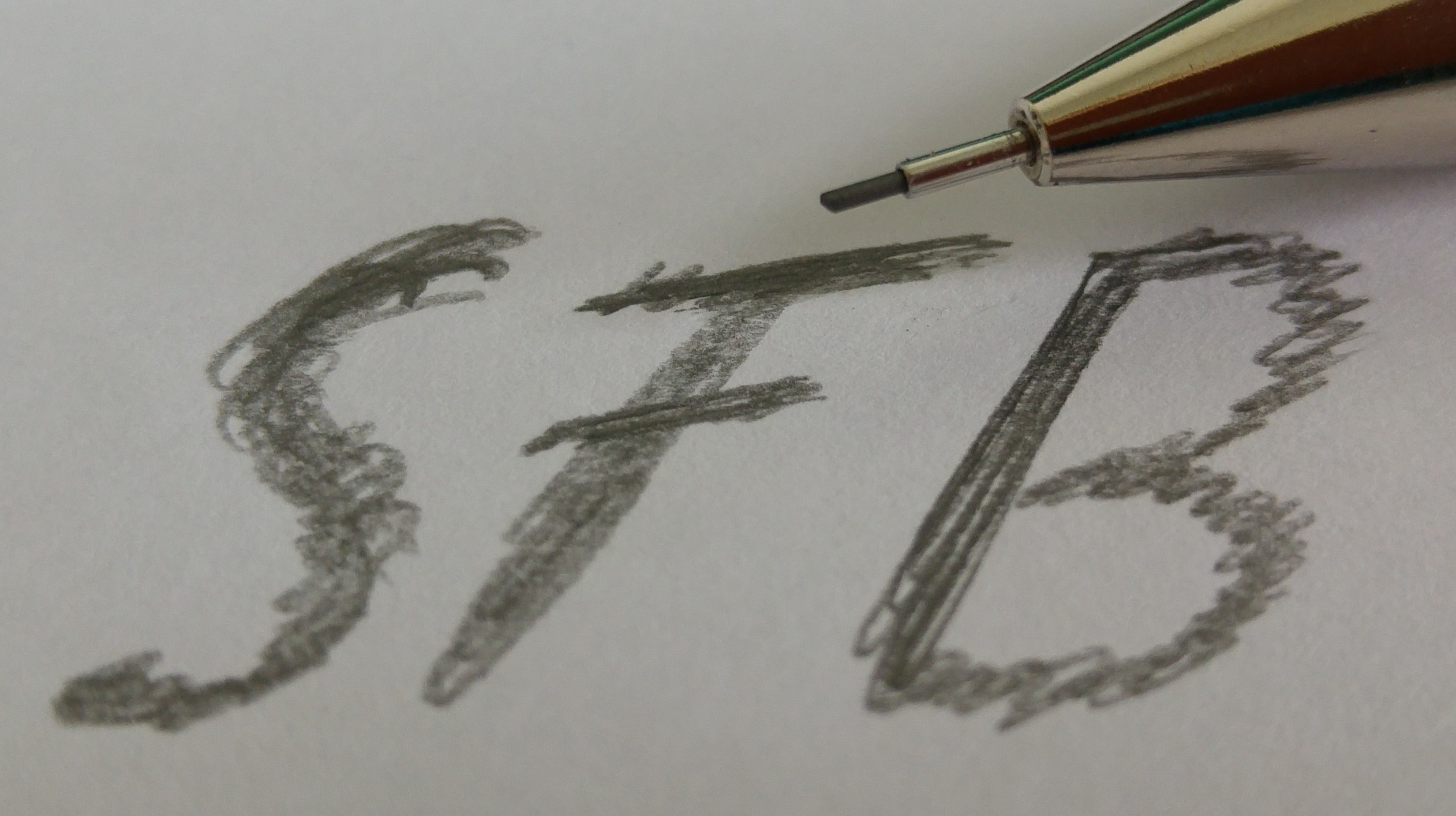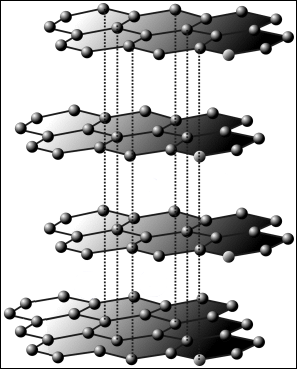From the 8th until the 11th of November a group of 13 people from the KIT went to Innsbruck to participate in the 9th Workshop on Numerical Analysis of Evolution Equations. It took place at the Bildungsinstitut Grillhof in Vill, just outside Innsbruck. The nice location with amazing views on Innsbruck and its surrounding mountains and the great food provided the perfect environment for a successful workshop.

View from conference location, taken by Simone Buchholz.
What was the workshop about? If you look up the meaning of “evolution equation” on the Encyclopedia of Mathematics, you will come across the following definition:




